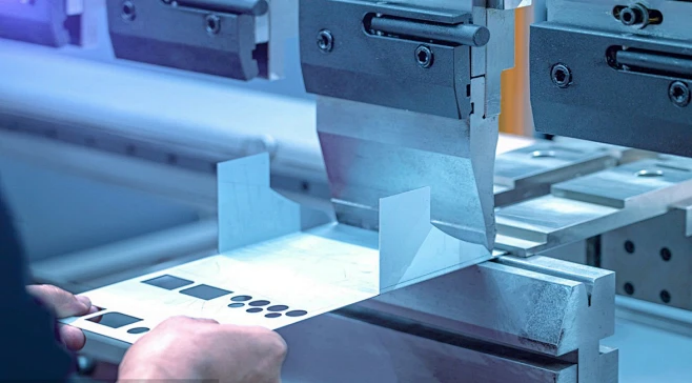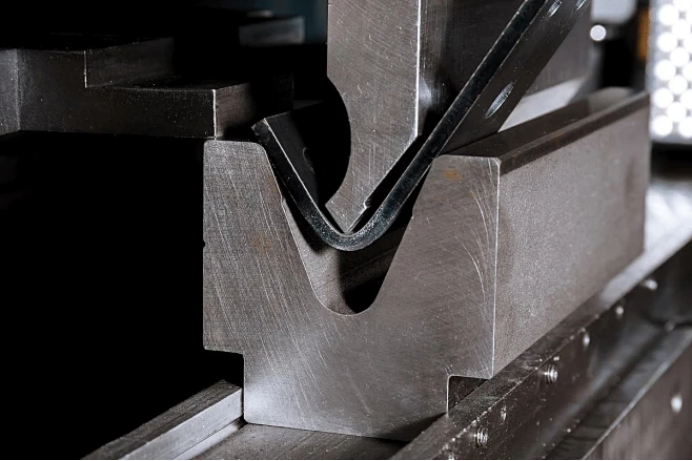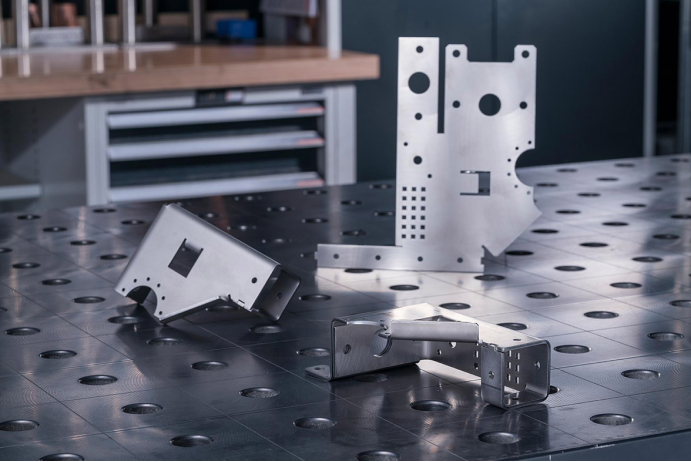As a key process in the forming of metal products, sheet metal processing is widely applied in the manufacturing industry due to its unique advantages, and its standardized processing procedures ensure stable product quality.
In terms of processing advantages, sheet metal processing showcases multiple highlights. Precision control is exceptional, with laser cutting technology achieving cutting errors within 0.1 millimeters. CNC bending machines optimize parameters to ensure that bending angle deviations do not exceed 1 degree, meeting high-precision assembly requirements. The adaptability to various materials is strong; whether it’s common steel, aluminum sheets, or special materials like stainless steel, processes such as cutting and stamping can be employed while preserving the original material properties. The efficiency and cost advantages are significant, as automated equipment combined with intelligent nesting software increases material utilization to over 90%, and delivery cycles for bulk production are shortened by 30%, effectively reducing manufacturing costs.

The core processes of sheet metal processing are clear and controllable. First, design and blanking are performed, where CAD drawings are created based on product requirements, and then laser cutting machines or CNC punch presses accurately cut the sheets according to the drawings, minimizing material waste. Next, the sheets undergo forming processes, where a CNC bending machine shapes them, and complex structural parts may require stamping molds for specific shape processing. Finally, through welding and surface treatment, components are welded together, and processes like spraying and electroplating enhance the product's corrosion resistance and aesthetics.

From precision parts to large structural components, sheet metal processing meets diverse needs with its reliable advantages and standardized processes. If you need customized sheet metal products or solutions, feel free to contact us to collaboratively create high-quality metal products.

